


One of the most important things we’ve seen in the freight forwarding industry during COVID is the importance of transparency. As fractures in the freight market have shown through the pressure of 2020, many industry leaders have accredited some of the fault to a system that has little visibility. The key to introducing visibility? Technology.
Historically, freight forwarding and logistics has been an extremely opaque industry, with no transparency and slow processes. In fact, Freightos “annual mystery shopper” investigation from just a few years ago found that, on average, the top 20 freight forwarders took 57 hours to deliver a quote. Freightos also found that there was a 58% spread in the offers, further illustrating how little transparency there is in the industry.
Clearly, the freight forwarding process was far from streamlined.
However, in the past few years, many 3PL’s have made the switch to a new field of digital freight forwarding, taking an industry that had functioned via email, phone, and even fax, and placing it into the digital sphere. This shift allows for improvements in speed, such as instant quoting and booking, communication, with documents shared via cloud, and transparency, as customers now have access to shipment tracking in real time.
As so many industries make their way into an increasingly digital format, it makes sense that the rest will follow, but how does digitalization enhance freight forwarding?
Quote delivery. With traditional freight forwarding, quoting could take up to a week, leaving a shipper with potential delays and less time to determine the best price. However, with a digital freight forwarder, you can receive instant rates for shipments. In fact, with services like Freightos, you can receive multiple rates from various forwarders instantly in order to compare and make the best decision. Streamlining the quoting process allows shippers to avoid the wait and move from ordering their product to booking their shipping in the same day.
Shipment visibility. One of the biggest challenges for shippers when using a freight forwarder is a lack of visibility on their shipment. Before going digital, much of shipment tracking relied on customer service representatives manually checking on the individual components of a shipment. Now, however, milestone based automated tracking comes directly from the source to you, keeping you updated through every leg of the journey.
Document handling. In traditional freight forwarding, documents have been another large source of lost time, money, and energy as documents travel via email, mail, and even fax. The vast amount of documents and hands that they had to travel through led to many expensive and time consuming issues. However, through adaptation to cloud management, digital-facing logistics providers can create a seamless hand-off of documents. This connectivity helps to reduce delays, miscommunication, and costs associated with missing documents. Digital sharing and storing of documents also helps safeguard from fraud.
Electronic invoicing. An issue that frequently faces freight forwarders is incorrect and labor-intensive invoices. Through integration, forwarders and shippers alike can cut costs on invoicing by using automated auditing on invoices, ensuring they are correct. Moreover, electronically recorded, sent, and paid invoices increase transparency and reduce risk for missed or repeated payment.
Forecasting. Another problem that has plagued the logistics industry has been lack of visibility and therefore an inability to forecast. With access to more data through the increasingly digital freight market, shippers can gain increased access to analytics in turn allowing them to forecast more effectively. This allows for greater integration within the industry as shippers and forwarders alike make more data informed decisions.
System integration. Freight forwarders can be communicating with multiple companies across several industries for just one customer’s shipment. Fast, open lines of communication, then, are essential. Technology and digitalization allow for enhanced communication. By creating systems or partnering with providers (such as chain.io), forwarders can extend their systems to communicate effortlessly with those of their partners, giving them faster access and more efficient processes.
Customer experience. Overall, the most important value that digital technology adds to the freight forwarding process is the experience that it gives to customers. Technology streamlines the freight forwarding process, giving customers instant access to tools and assistance. It helps eliminate potential issues and allows forwarders to spend less time on small things like quoting and more time on handling logistics puzzles.
While the digital frontier is the future (and present) of freight forwarding, there are core characteristics that an excellent 3PL must have that don’t come through just the best technology. Despite elegant automated systems, all the digitization in the industry can’t prevent the surprises, and freight is full of surprises.
Knowledge, experience, and problem-solving are three of the most important skills a freight forwarder can provide. When a shipment rolls or Amazon rejects a truckload, you no longer need a fancy interface for your documents, you need to be on the phone with a knowledgeable freight forwarder.
At Freight Right, we utilize the best of people and the best of technology. In fact, our best use of technology is to support the experienced professionals on our team. We accomplish this by using technology to reduce the amount of simple tasks they need to complete, like quoting or hunting down tracking information, and free them to provide higher quality service through anticipating and minimizing issues, attending to customer needs, and solving any problems that arise. Therefore, Freight Right combines the best of digital and traditional freight forwarding to bring customers the most streamlined process for their individual needs and to grow their business.
The best part of digital freight forwarding is that it is always moving forward, and at Freight Right we want to be at the forefront of that move.
Our systems include the capability for instant rates, electronic invoices, shipment milestones, shipment documentation, accounting reports, customs status updates, inventory data, and active and past shipment reports. We also have the capability to provide data in whichever format you need.
More than that, we are always looking for ways to advance. Recently we have partnered with Chain.io to streamline all of our integration and communication with providers. Their services allow us to seamlessly integrate with our partners, turning the use of technology into a more efficient and cost effective freight delivery for the customer.
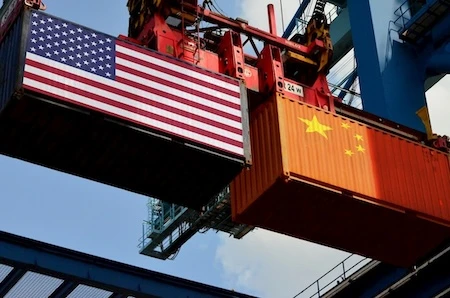
This serves as a promising stepping stone in the resolution of the ongoing Trade War between the two countries. On Dec. 13, the U.S. and China reached what leaders of both countries call the “Phase One” of a long-awaited trade agreement, which serves as
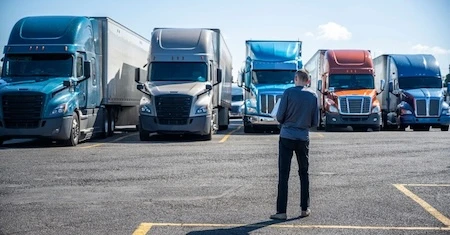
Do you really need multiple customs brokers? Find out how a single freight forwarding and customs brokerage provider saves you time and money.

This two-day event highlighted integral information about technological advancements for freight-forwarders.

Freight Right Global Logistics was among some of LA’s most prominent family businesses to be honored by the San Fernando Valley Business Journal on Oct. 29, ranking #8 for “Top 50 Most Influential Family-Owned Businesses” in the county.
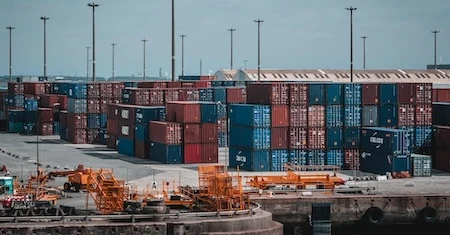
Rising COVID cases partially closes down one of the world's busiest ports, what does that mean for freight?
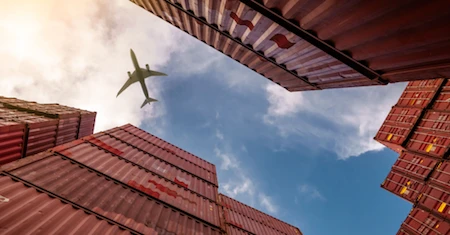
This article will explain what international air freight charges are and how to calculate the chargeable weight when shipping goods overseas.

Discover the complexities of shipping freight to Alaska, and learn why partnering with Freight Right is essential for efficient deliveries.
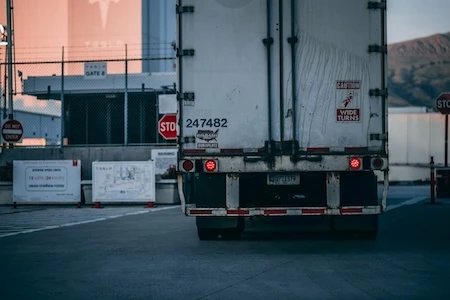
The amount of truckers is dwindling and it is not good news for the freight industry. Why is this happening and what are the long and short term solutions?
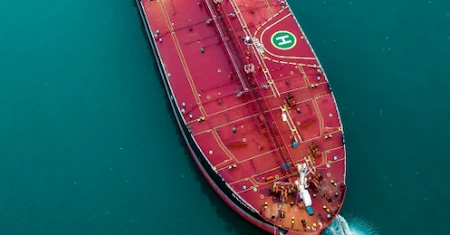
Why it’s so expensive to ship goods and to travel between multiple U.S. ports.

Freight Right now offers quality control and production visibility thanks to our most recent alliance.